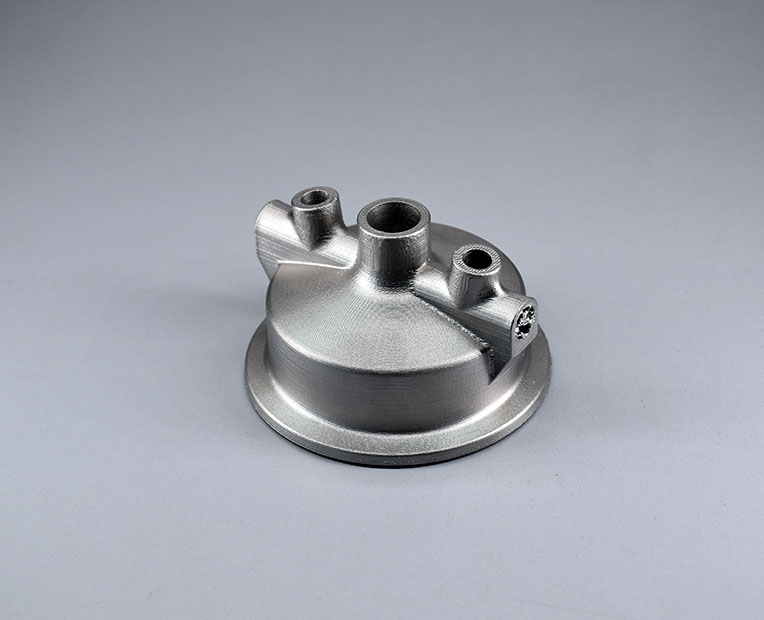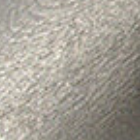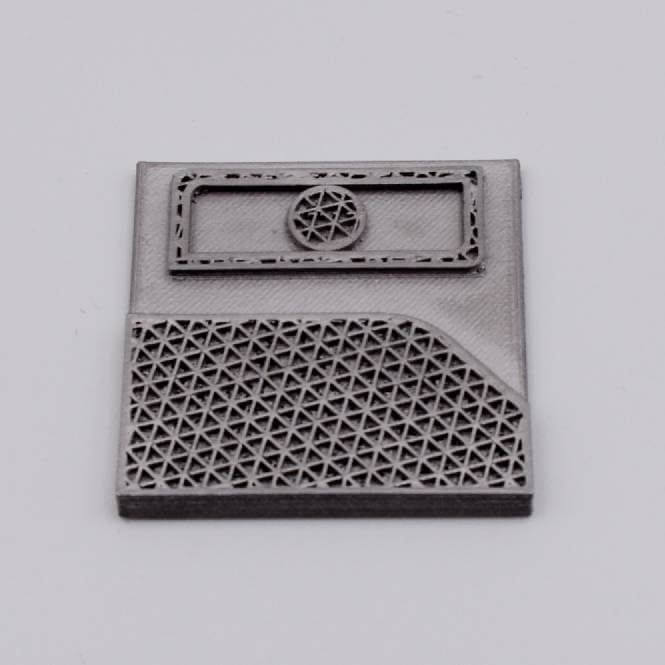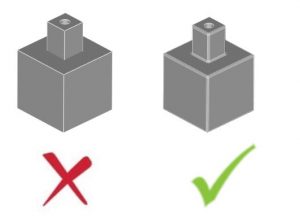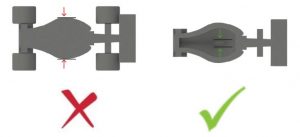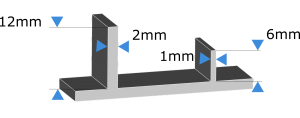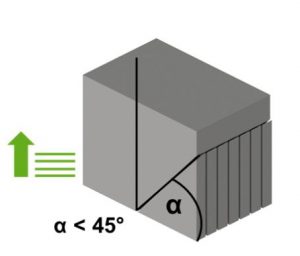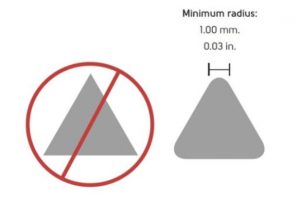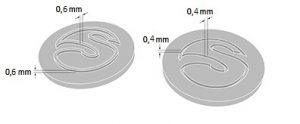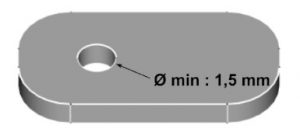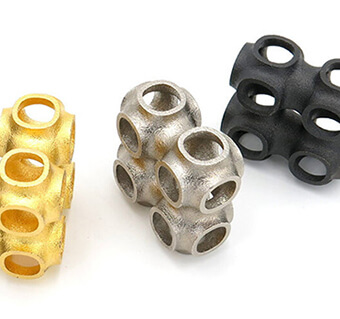As opposed to most additive manufacturing techniques, filament printing allows you to apply different parameters to the exterior walls, and to the area in between them, that we will define as infill.
If you would like to get a non solid part, you can select the 50% infill in the printing configuration pannel, and if your part allows it, we will print your part with a 50% infill density, which will potentially result in a substantial weight reduction.
As default, the type of infill we will use is a triangular pattern, with 50% density. Should you require to have another pattern, or another density, you can submit your file already prepared for that, or you can also contact us.
Please keep in mind that all areas that have a wall thickness below 2.4 mm will be printed solid, and that solid part will have better mechanical properties than parts printed with 50% infill.


 Connect with Google
Connect with Google Connect with Facebook
Connect with Facebook